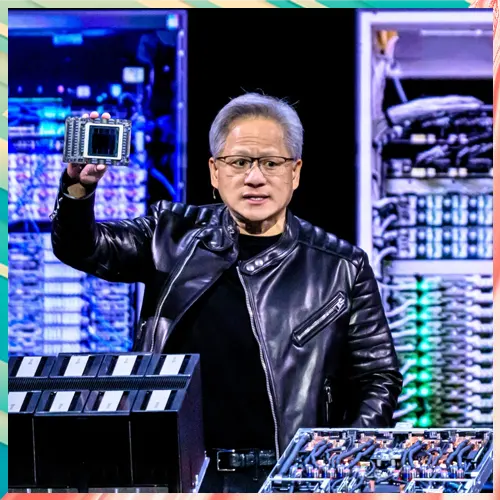
In 2025, the AI-enabled smartphone market is expected to see significant growth, requiring more diverse and intelligent content to keep up with increasing demand. AI advancements will enhance features like personalized assistance, camera functionality, and predictive text. Smartphone manufacturers may focus on integrating more AI-driven tools, such as enhanced natural language processing, real-time translation, and advanced photography enhancements, aiming to improve user experience and meet the dynamic needs of consumers.
AI has become a core part of everyday tech, enhancing user experiences across various domains. It powers product recommendations, interprets commands from virtual assistants like Alexa and Siri, recognizes faces and objects in photos, and plays a vital role in detecting fraud and filtering spam. In smartphones, AI enhances features such as photography, battery optimization, and personalized security, providing smarter, more efficient interactions that adapt to user habits and improve functionality.
In AI-enabled smartphones, key features are focused on enhancing user experience in areas like imaging, power efficiency, and security. Imaging benefits from AI-driven adjustments, such as scene recognition and enhanced low-light performance. Power efficiency is improved through AI that manages battery usage and optimizes app performance based on user habits. For security, AI strengthens biometrics, detecting threats and enhancing data privacy, often in real-time. These areas represent the forefront of AI integration in mobile devices, tailoring functionality for seamless, personalized, and secure interactions.
The surge in demand for graphics chipsets, fueled by AI and machine learning applications, has led major tech companies to intensify efforts to capture market share. Industry leaders are increasingly investing in advanced GPUs to meet the rising requirements of data centers, gaming, and AI development. This demand has spurred competition among top players, including NVIDIA, AMD, and new entrants, who aim to innovate in high-performance and power-efficient graphics processing to capitalize on the booming AI-driven market.
Exciting developments for Google’s Tensor G5 and G6 chips indicate that TSMC, rather than Samsung, may produce these processors. The G5, with the codename "Laguna," is expected to be manufactured using TSMC's advanced 3nm N3E process. It will reportedly include a high-performance Arm Cortex-X4 core, five Cortex-A725 cores for added performance, two Cortex-A520 efficiency cores, and a dual-core Imagination Technologies GPU clocked at 1.1 GHz. These enhancements could significantly boost Tensor's performance and energy efficiency.
A new device, codenamed “Google Frankel,” has surfaced sparking speculation that it could be powered by the upcoming Tensor G5 chip. The listing shows a CPU setup that aligns with previous rumors: a single prime core clocked at 3.40 GHz, five performance cores at 2.86 GHz, and two efficiency cores at 2.44 GHz. This configuration points to potential enhancements in processing power and efficiency, adding to the excitement around Google’s next-generation hardware.
The recent leak around Google's upcoming Tensor G5 chip suggests a PowerVR GPU setup, rather than the previously mentioned Imagination Technologies (IMG) DXT-48-1536, indicating that the G5 may use a different Imagination Technologies GPU variant. This slight discrepancy may simply be an error, as this is likely an early version of the chip, and benchmark scores shouldn’t be taken too seriously yet. This setup, seen in a device called "Google Frankel", aligns with earlier details about core configurations and clock speeds.
See What’s Next in Tech With the Fast Forward Newsletter
Tweets From @varindiamag
Nothing to see here - yet
When they Tweet, their Tweets will show up here.





























